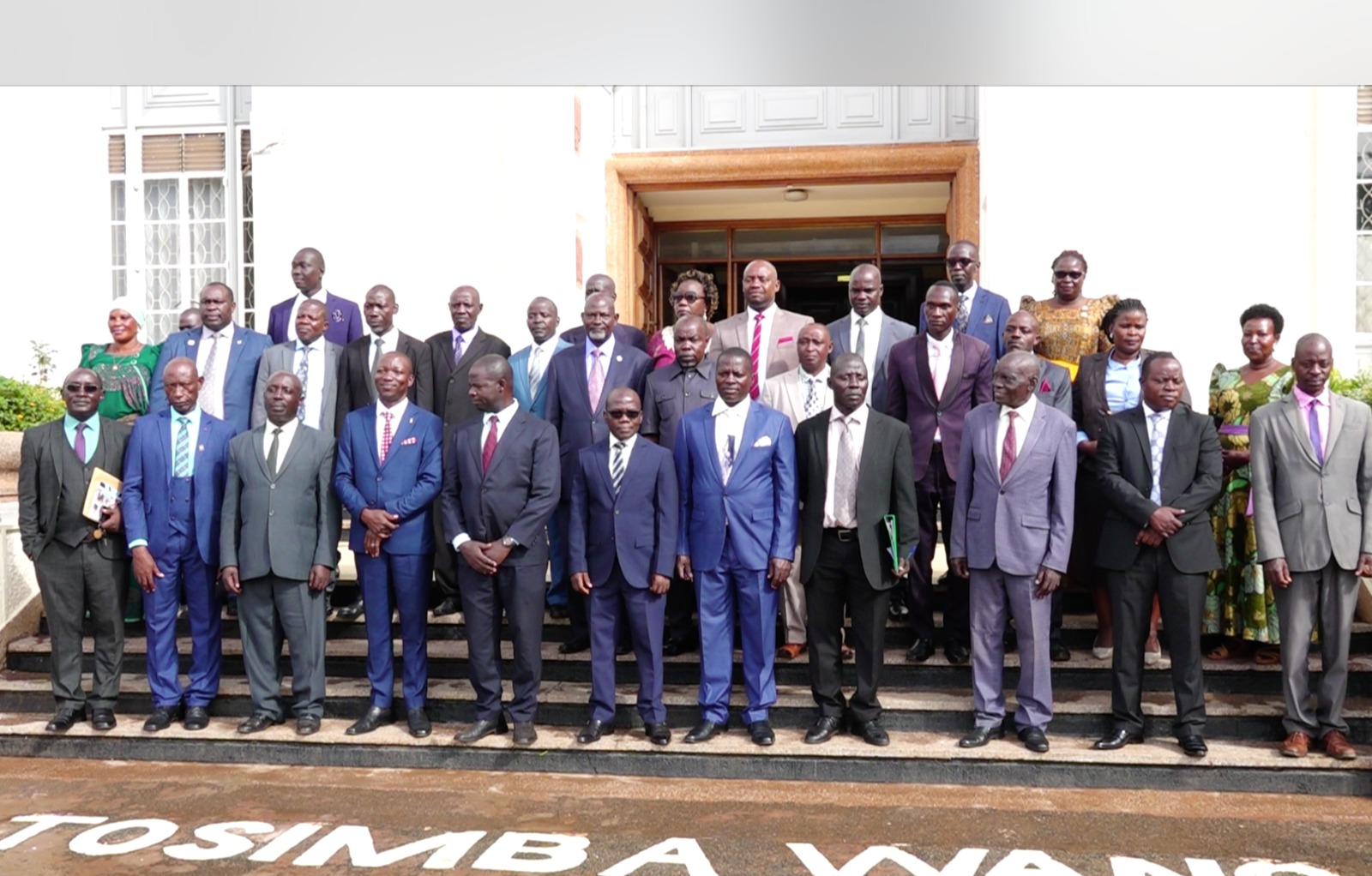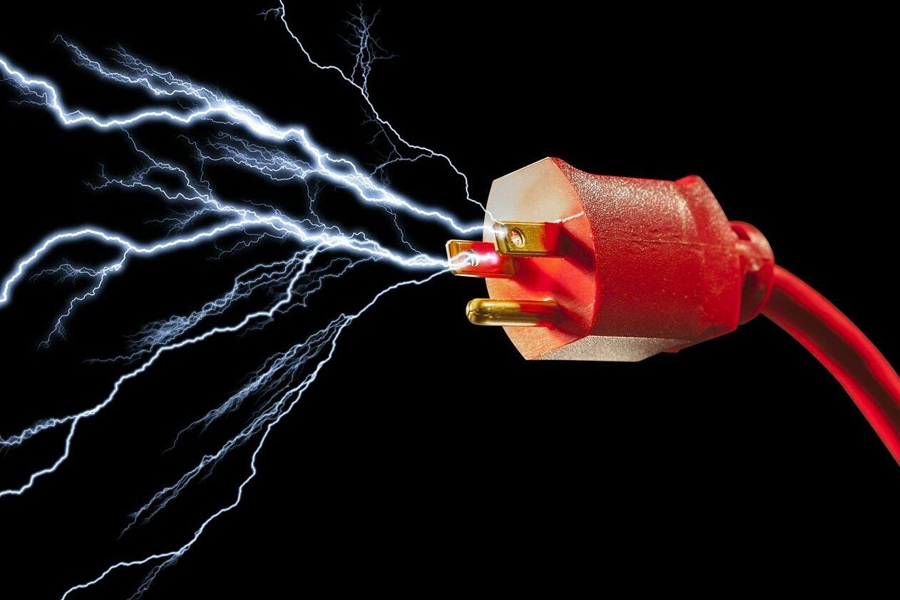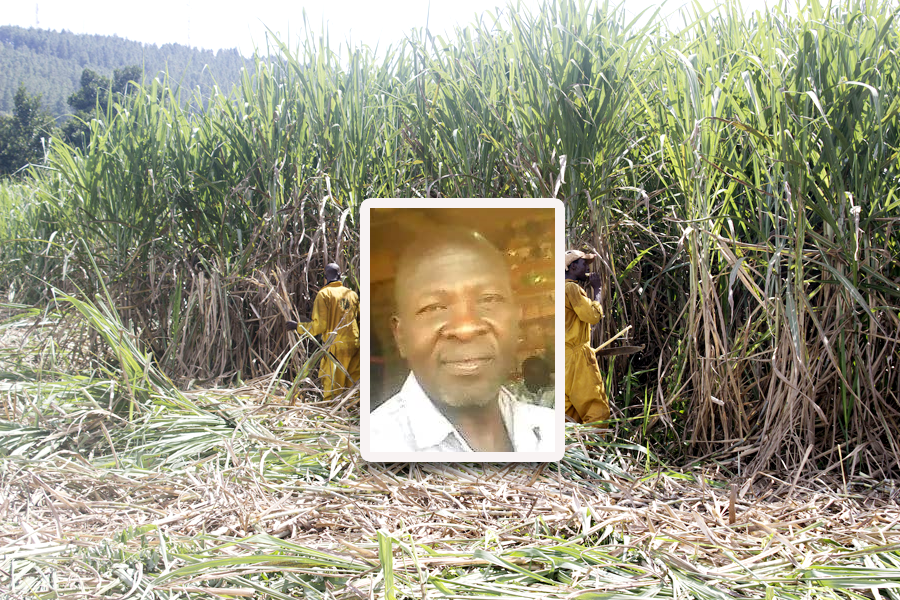Opinion: Oil roads project can insulate EACOP
By Ayub Ahmed
In recent weeks, an online battle has erupted from a debate in the European Union parliament over the proposed East African Crude Oil Pipeline (EACOP).
EU member countries are in frenzy for coal, a polluting fuel to keep them warm during the coming winter and the EACOP has caused a split between the fiercely naïve and informed individuals.
Activists who are campaigning against the EACOP, have been claiming that the pipeline will emit about 34.3 million metric tonnes of carbon dioxide per year.
However, this is false because Uganda will be emitting a total of approximately 1.7 million tonnes of carbon dioxide from all the projects in the Albertine Graben and not limited to the pipeline.
The pipeline, therefore, does not show significant danger in its emission and measures have been put in place to control the negligible amounts of emission.
The oil pipeline will be buried underground from Bulisa district in Uganda to the coastal town of Tanga in Tanzania.
By contrast, in Uganda statistics show that cutting down trees reducing forest cover causes us emissions of at least 3.7 million tonnes of carbon dioxide a year.
The clarity in this to all and sundry is that implementation of the EACOP is not a danger after studies of this impact on the environment.
 Some of the activists opposed to EACOP
Some of the activists opposed to EACOP
The real problem here would be deforestation which is a leading cause of greenhouse gas emission.
To insulate the environment against the emission from the oil or pipeline, and infrastructure development of the road network to support the oil and gas development in the Albertine region, the Government of Uganda, has used a robust and strict environmental and impact social assessment policy through Uganda National Roads Authority (UNRA) in the implementation to the letter environmental protection mechanisms by avoiding deforestation or dangerous engineering practices that would have an adverse effect on the environment.
Deforestation as we all know, is mostly caused by poverty and underdevelopment.
In this case, during the construction of the oil roads, the Government of Uganda had already started the campaign of Buy Uganda Build Uganda (BUBU).
This campaign was effected through UNRA’s contract issuance terms for the construction of these roads.
To provide employment opportunities to several youth in the region, this significantly changed their financial fortunes which in a long shot turns them away from the dangerous act of deforestation where these roads are being constructed and ultimately where the crude oil pipeline will go through to Tanzania.
Additionally, these projects “disrupt” people during the land acquisition process to pave for right of way for road development.
However, the existence of a generous government land compensation policy has enabled better resettlement for families and individuals to establish better and modern structures, hence improving the living condition of families.
This has also seen the establishment of a significant number of subsistence and commercial farm lands which have also been used as a means to environmental protection.
Ecuador’s GDP per capita was U.S.$ 4400 in 2006, by 2016 they were at US$ 6,248.1.
Calculated in terms of Purchasing Power Parity, this is an equivalent of about 60% of the world average.
For a nation whose GDP per capita was U.S.$ 222.3 in 1960 compared to Uganda in the same year which was $62.3 in 1960 and $523.49 by 2005 and now stands at U.S.$675.6, which is 5% of the world’s average.
To further analyse this impact and policy enforcement, one can look at the case of Ecuador, Nigeria, and Angola which are oil-producing countries that almost started exploration at the same time and faced almost similar political challenges, although Nigeria suffered a brutal hand of the Biafra crisis in 1966 and Angola itself has seen a gruesome share of conflict.
Angola’s GDP per capita between 2006 and 2015 saw remarkable growth where in 2006 the GDP per capita stood at US$3,010 but by 2015 it had grown to U.S. $4,153, an equivalent of 33% of the world’s average.
Nigeria’s GDP per capita was U.S.$1,967 in 2005 and rose to $2,448.2 in 2016, which is 20% of the world average, also demonstrating impressive development.
However, these two countries performed far below Ecuador during the 2006-2016 decade and this is attributed to political goodwill which cut out formidable plan and institutional coordination which enabled Ecuador to invest well and diversify in other sectors.
Today, Ecuador leads the Latin American region in energy security.
If it be that our friends from the Global North are not Greenwashing, then they ought to realise that the Global South is now ready to change the tide of significant social economic transformation for its people.
Ayub Ahmed, the author, works with Uganda National Roads Authority.













